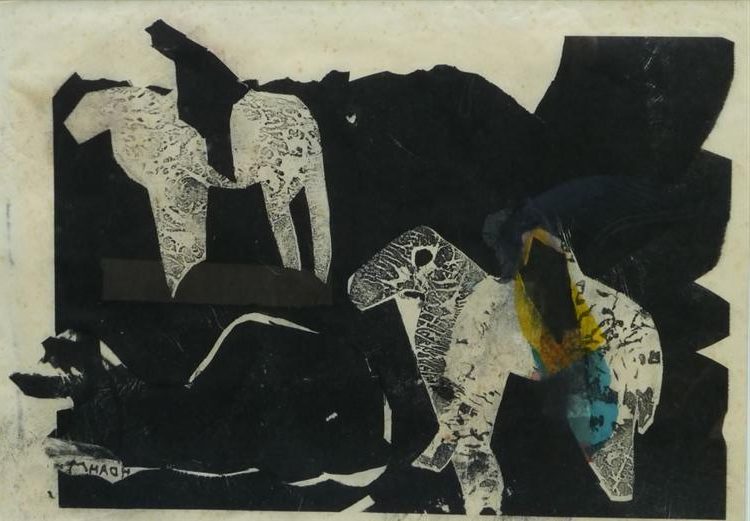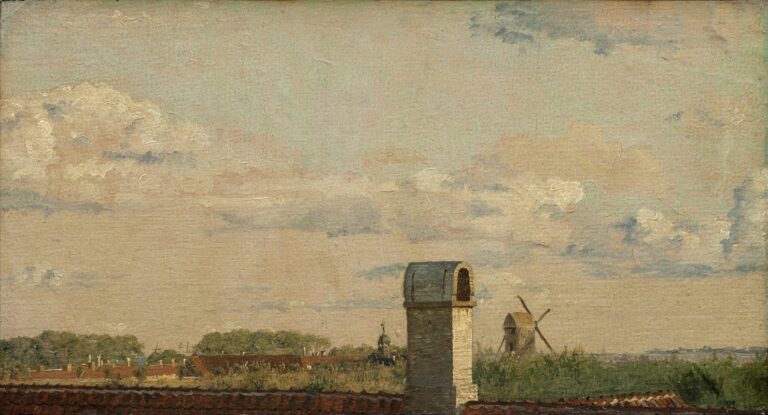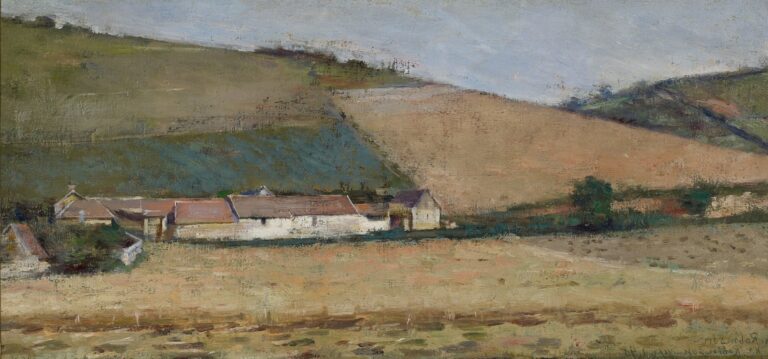Helen Dahm Painter: Swiss Expressionist Pioneer of the 20th Century
Born: May 21, 1878, Kreuzlingen, Switzerland
Death: May 24, 1968, Männedorf, Switzerland
Art Movement: Expressionism
Nationality: Swiss
Influenced By: Blue Rider Group
Helen Dahm Painter: Swiss Expressionist Pioneer of the 20th Century
Life and Career of Helen Dahm
Helen Dahm was a Swiss artist who lived from 1878 to 1968. She made important contributions to Expressionism and explored spiritual themes in her work.
Early Life in Egelshofen
Helen Dahm was born on May 21, 1878 in Egelshofen, Switzerland. The town is now part of Kreuzlingen.


As a young woman, Dahm studied art in Zurich. This early training laid the foundation for her artistic career.
She showed talent from a young age. Dahm experimented with different styles and techniques. Her early works included hand-colored fabric prints with expressionist elements.
Artistic Journey: Munich to Cannes
In 1906, Dahm moved to Munich to continue her art studies. She lived there until 1913. During this time, she met Else Strantz, an artist and art historian. Strantz became Dahm’s partner for 20 years.
Dahm’s style evolved as she traveled. She spent time in Cannes, France. Her work became more expressionist. Bold colors and emotional themes defined her paintings.
In the 1930s, Dahm faced challenges. She suffered from severe depression. This affected her art output for a period.
Influence of Meher Baba and Spiritual Themes
Dahm’s art took a spiritual turn when she met Meher Baba, an Indian spiritual master. In 1938, she traveled to Meherabad, India. There, she painted murals in Meher Baba’s tomb-shrine.

Die Treppe (The Stairs, 1907) by Helen Dahm
This experience deeply influenced her work. Spiritual and mystical themes became central to her art. Dahm continued to explore these ideas after returning to Switzerland.
She settled in Männedorf later in life. Recognition came late for Dahm. At age 89, she had her first major retrospective in Switzerland. This exhibition in 1967 brought her work to wider attention.
Artistic Style and Contributions
Helen Dahm was a Swiss artist known for her expressionist style and diverse body of work. She made important contributions to fabric printing, mural painting, and religious artwork.
Expressionist Movement and The Blue Rider
Dahm’s art was deeply rooted in the expressionist movement. She was influenced by the Blue Rider group, a collective of artists in Munich. This group focused on expressing spiritual truths through art.
Dahm’s paintings often featured bold colors and emotional intensity. She created portraits and religious scenes that conveyed deep feeling. Her work showed the inner experiences of her subjects rather than just their outward appearance.
Interior Murals and Major Works
Dahm gained recognition for her interior murals. She painted large-scale works in churches and other buildings.
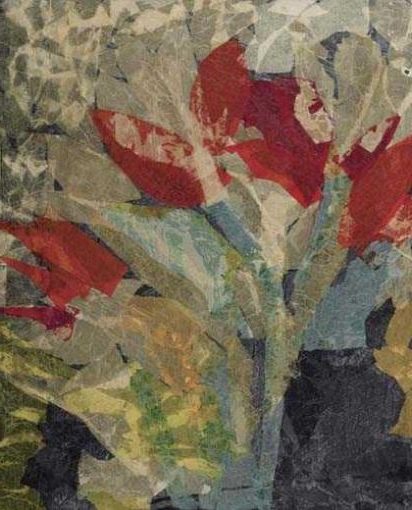
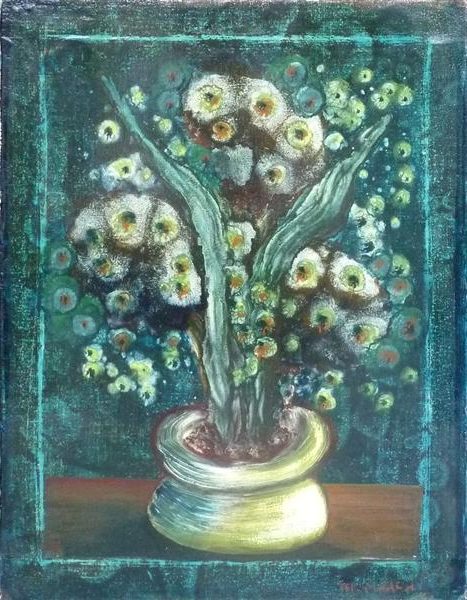
Her most famous mural was a Pietà, showing Mary holding the body of Jesus. She also created a series on the Crucifixion of Christ. These works featured angels and other religious figures.
Dahm’s murals blended expressionist style with spiritual themes.
Her paintings can still be seen in some Swiss churches today. They were restored in 1989 to preserve her artistic legacy.
Legacy of Hand-Pressed Fabric Prints
Dahm made a lasting mark with her hand-pressed fabric prints. She created these works early in her career. The prints combined expressionist style with a unique printing method.
Each print was hand-colored, making it one-of-a-kind. This technique allowed Dahm to explore color and form in new ways. Her fabric prints are now prized by art collectors.
Dahm’s partner, Else Strantz, supported her artistic pursuits. Together, they pushed the boundaries of expressionist art in Switzerland.
Recognition and Impact
Helen Dahm gained recognition late in her career. Her artistic contributions were celebrated through exhibitions and continue to influence art circles today.
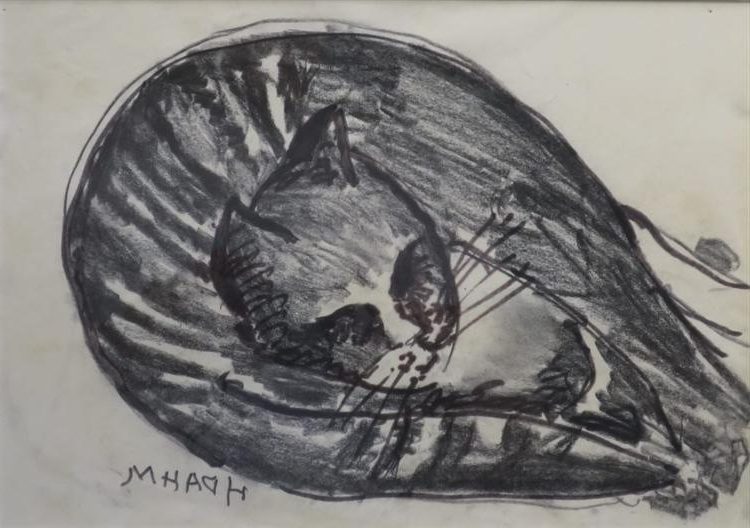
Liegende Katze (lying Cat) by Helen Dahm
Retrospective Exhibitions and Market Value
Dahm’s first major retrospective took place in 1967 when she was 89 years old. This exhibition in Switzerland marked a turning point in her career.
In 1953, the Kunsthaus Zurich hosted another significant retrospective of her work.
Dahm’s paintings have gained value in the art market. At Auktionshaus Zofingen, her pieces have sold for between CHF480 and CHF600.
Popular works include “Ohne Titel,” “Maria,” “Kamelien,” “Landschaft,” “Frau,” and “Winter.”
The Invaluable app allows art collectors to set auction reminders and bid on Dahm’s pieces using iOS or Android devices.
Relevance in Art History and Popular Culture
Dahm is now seen as an important figure in 20th-century Swiss art. Her expressionist style and diverse body of work, including oil paintings, drawings, prints, and murals, have earned her a place in art history books.
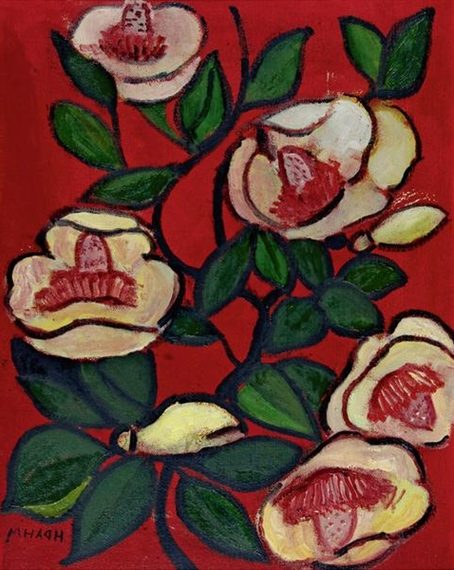
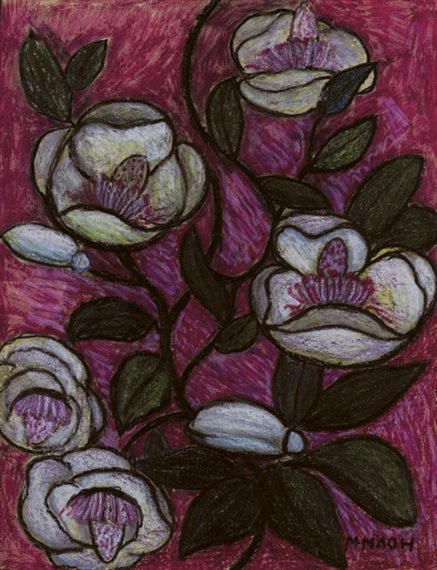
Dahm’s life and work have inspired newer generations of artists. Her partnership with art historian Else Strantz has made her a notable figure in LGBTQ+ art circles.
Museums in Switzerland continue to display Dahm’s artwork, keeping her legacy alive. Her murals in India, painted for spiritual leader Meher Baba, add an international dimension to her artistic impact.
Frequently Asked Questions
Helen Dahm was a Swiss artist known for her expressionist works. She created paintings and fabric prints throughout her long career spanning the early to mid-20th century.
What are the most notable works of Helen Dahm?
Dahm’s most well-known pieces include her hand-colored fabric prints from her early career. She also painted still lifes, such as “Still Life with Fruit Bowl and Hyacinths” from 1950.
Her expressionist paintings gained recognition later in her life. Many of her works featured bold colors and abstract forms typical of the expressionist style.
In which artistic movements did Helen Dahm’s style find its place?
Dahm was primarily associated with the expressionist movement. Her work emphasized emotional impact over realistic depiction.
She studied art in Zurich and Munich, which exposed her to expressionist ideas. Dahm’s style aligned with expressionism’s focus on conveying feelings and inner experiences through art.
How has Helen Dahm contributed to modern art?
Dahm helped advance expressionist techniques in Swiss art. Her hand-pressed fabric prints were an innovative blend of textile art and expressionist painting.
She continued creating expressionist works into the mid-20th century. This helped keep the movement’s ideas alive as other styles gained popularity.
What were the predominant themes in Helen Dahm’s artwork?
Dahm often depicted still life scenes and nature in her paintings. Her work “Still Life with Fruit Bowl and Hyacinths” shows her interest in everyday objects.
She also created prints and paintings with more abstract themes. These pieces focused on conveying emotions through color and form rather than realistic depiction.
Can you outline the progression of Helen Dahm’s artistic career?
Dahm began her career creating hand-colored fabric prints. These early works already showed her expressionist style.
She later moved on to painting as her main medium. Dahm continued to develop her expressionist technique throughout her life.
In her later years, Dahm’s work gained more recognition. She had her first major exhibition at age 89, just a year before her death.
What accolades or recognition did Helen Dahm receive throughout her career?
Dahm’s work was not widely recognized until late in her life. In 1967, at age 89, she had her first major retrospective exhibition.
This late-career recognition brought attention to her decades of artistic output. It helped establish her place in the history of Swiss expressionist art.

